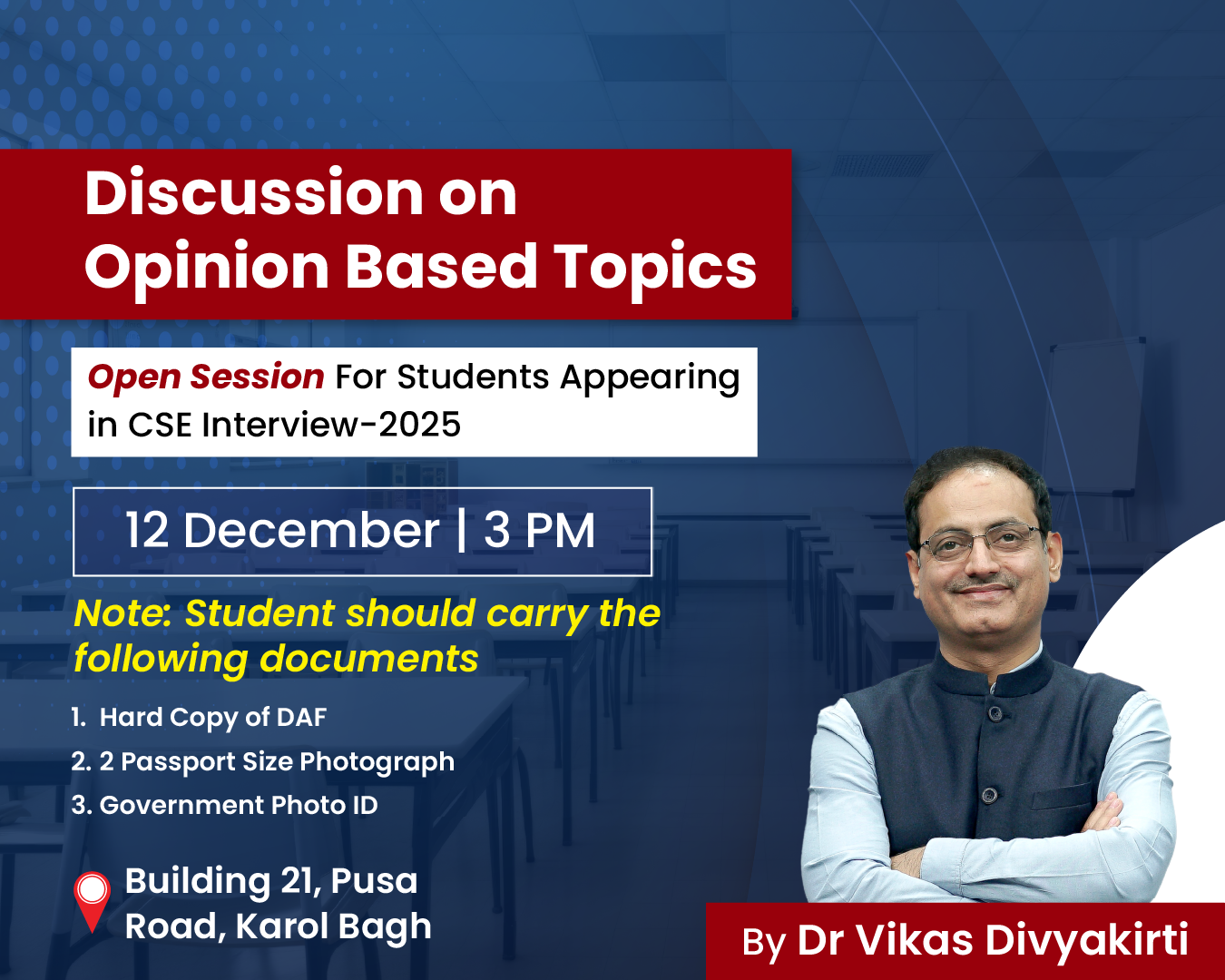-
18 Jun 2025
GS Paper 1
History
Day 3: " While Gandhi emphasized spiritual Swaraj rooted in tradition, Nehru envisioned a modern India shaped by science and socialism.” Discuss their ideological divergence and its influence on the freedom struggle. (150 words)
Approach :
- Briefly introduce Gandhi and Nehru as ideological stalwarts of the freedom movement.
- Discuss their ideological divergence and its influence on the freedom struggle.
- Conclude with a scholarly comment.
Introduction :
India’s freedom struggle was not just a political movement but also a philosophical debate about the soul and shape of future India. Two towering personalities—Mahatma Gandhi and Jawaharlal Nehru—offered distinct yet influential visions. While Gandhi emphasized spiritual Swaraj grounded in traditional Indian values, Nehru envisioned a modern, secular, and industrial India rooted in science and socialism.
Body:
Points of Ideological Divergence
Aspect
Mahatma Gandhi
Jawaharlal Nehru
Core Vision
Spiritual Swaraj – self-rule as moral and ethical self-restraint
Modern India – driven by science, industrialization, and socialism
Economic Outlook
Self-sufficient village economy (Gram Swaraj); distrust of industrial capitalism
Centralized economic planning; state-led industrialization
Technological Stance
Viewed modern machinery as dehumanizing; promoted Khadi and handicrafts
Advocated scientific temper and modern industry as tools for national development
Governance Model
Decentralized governance rooted in village panchayats
Strong, centralized state institutions
Philosophical Influence
Indian tradition, ethics, Jainism, Tolstoy, and religious morality
Western liberalism, Fabian socialism, Marxism, and secular humanism
Key Strategies in the Freedom Struggle
Mass mobilization through Non-Cooperation (1920), Salt March (1930), and Quit India (1942)
Advocated complete independence; worked through the Indian National Congress to shape policy
Key Contributions
Spiritual and moral leadership; symbolic campaigns like spinning Khadi
Visionary leadership; laid foundations for planned development and institutions
View on Modern Civilization
Critiqued it as morally bankrupt (Hind Swaraj, 1909)
Saw it as necessary for progress and social equity
Influence on the Freedom Struggle
- Complementary Strengths: Gandhi’s emotional appeal reached the grassroots, while Nehru's modernist ideas appealed to the educated elite.
- Broad-Based Movement: Their ideological divergence allowed Indian nationalism to represent both tradition and modernity, rural and urban, emotion and reason.
- Legacy: Post-independence India integrated both visions—democratic institutions and moral values (Gandhi) with planning, science, and infrastructure (Nehru).
Conclusion :
Despite their differences, Gandhi and Nehru’s ideologies created a dynamic synergy that enriched India’s freedom struggle. As historian Judith Brown observed: “The creative tension between Gandhi’s tradition and Nehru’s modernity allowed Indian nationalism to appeal both to the heart and the mind.”





